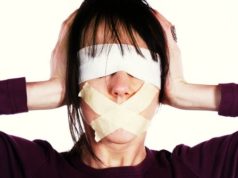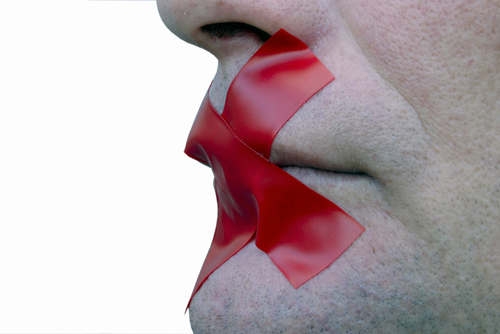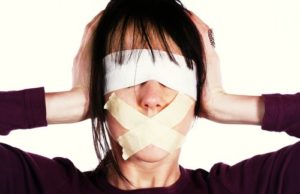
Though freedom
of speech is guaranteed by the First Amendment of the United States
Constitution, there are times when speech and other forms of communication may
be subject to censorship. To censor a person or party is to suppress verbal and
other types of communication by the government, media, or other organization.
The reasons to censor an individual or faction will usually revolve around the
concept that what is being communicated is harmful or objectionable.
There
are different types of censorship that exist, with each having particular
reasons to censor an individual. Moral censorship entails the removal of
obscene material, such as pornography. Child pornography is usually the subject
that is censored in this regard and is considered illegal in most jurisdictions
across the world.
Another
common case occurs in the media, where language is commonly censored. Language
is censored through the use of the “bleep method,” where objectionable
or foul language is replaced by an audible “bleep.” This method is
used both in television and radio.
Censorship laws has more information about
censorship cases.




























